All About Adhesives
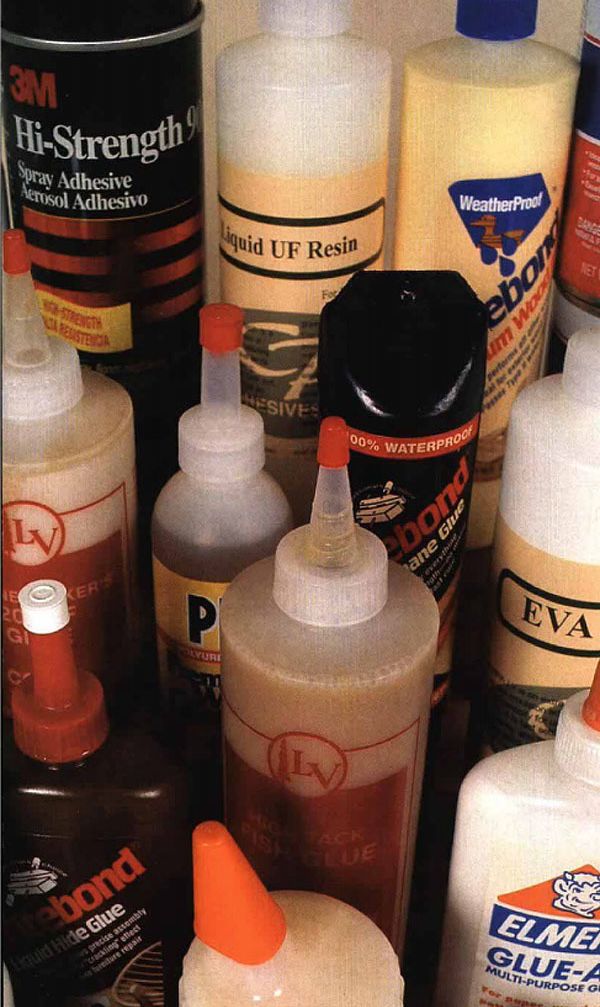
Most modern glues offer tremendous bond strength. Where they differ is in the details: how much working time (also called open time) they allow before they begin to set, how resistant they are to moisture, how long they take to cure, and how rigid the hardened glue line becomes. Sorting out those questions is the best guide for choosing the right adhesive.
What Counts:
• Water, heat, and solvent resistance
• Open and cure times
• Bond strength
• Rigidity of cured glue line
• Clamp time
Most woodworking glues on the market have a shelf life of about one year. Some can be cleaned up with water, others require a solvent.
Common woodworking glues
White and yellow glues, which are derived from polyvinyl acetates (PVA), are probably the most widely used and among the most economical for woodworking. Newer versions have high water resistance as well as high bond strength. They grab quickly and clamp times are short. PVA glues are best for bonding wood, paper, and other porous materials, and not as good for joining dissimilar materials, such as stone or metal and wood. PVA glues also are susceptible to creep, which means the joining pieces may slip over time.
Best for outdoor use
One-part polyurethane glues have very high water resistance (one manufacturer claims its glue is completely waterproof) and much longer open times than PVA glues. Clamp times are longer. Polyurethane glues also need some moisture to cure properly. Glue that’s squeezed out of a joint turns to a foam, which is easy to remove when dry. These glues also are better than PVAs at bonding dissimilar materials.
For bonding and filling
Epoxy ranges from the five-minute variety available at the local hardware store to versatile formulations borrowed from the boat-building trade. It consists of a resin and a hardener that are mixed just before use. Epoxy typically has long open and cure times that are affected dramatically by heat. Unlike most other glues, epoxy also can be used to fill gaps without significantly decreasing strength.
A reversible glue
Hide glue, which can be made from the bones or hides of animals, is available either as a ready-to-use liquid or in ground form that’s mixed with water. It has high strength but low heat and water resistance, an apparent weakness but a characteristic that’s useful for period furniture and instrument makers who want the option of disassembling an object without destroying it.
Suited for veneering
Two-part urea formaldehyde glue is available either as a powdered catalyst and liquid resin or a powder that’s mixed with water. It has a relatively long open time, as well as long clamp times, and forms a rigid glue bond when cured. That makes it well suited for veneering. It poses more health risks than other glues and shouldn’t be used without wearing a respirator and protective gloves.
For a fast bond
Cyanoacrylate (CA) is extremely fast-acting glue, especially when used with an accelerator. It’s not a general-purpose glue, but it’s ideal for repairing splits and other defects in wood. It is especially useful in woodturning for repairing checks and defects when turning green wood. These glues are available in several thicknesses depending on where it will be used. Ounce for ounce, it’s much more expensive than other types of glue, but a small bottle also goes a long way.
Fine Woodworking Recommended Products

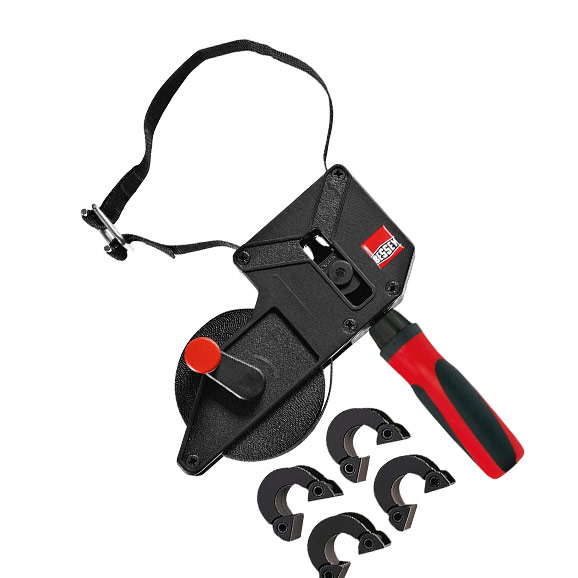
Bessey Band Clamp
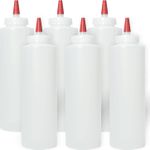
Glue Bottle
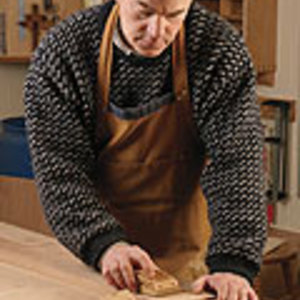





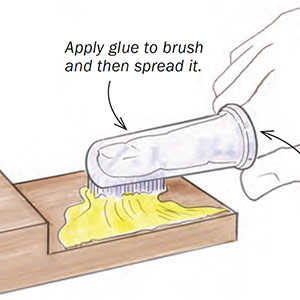
















Log in or create an account to post a comment.
Sign up Log in